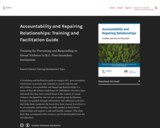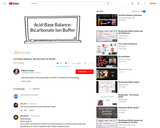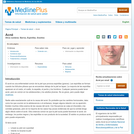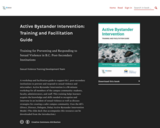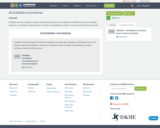
This resource is a video abstract of a research paper created by Research Square on behalf of its authors. It provides a synopsis that's easy to understand, and can be used to introduce the topics it covers to students, researchers, and the general public. The video's transcript is also provided in full, with a portion provided below for preview:
"Osteochondritis dissecans, or OCD, is a bone disease that wears away joints and the cartilage that covers them. It occurs most often in children and adolescents. While OCD has been documented and studied for nearly 150 years, researchers still don’t know what causes it. Reporting in The American Journal of Sports Medicine, one group offers up new findings that point to at least one factor that surgeons should look out for. The team looked at radiographs of 61 knees of patients undergoing surgery for OCD. Those patients were just over 23 years old on average, and 77% of them were men. The researchers reviewed the radiographs for mechanical alignment, as previous studies have speculated that deformities due to malalignment contribute to OCD. What they found was that patients with OCD did in fact show signs of off-axis effects. Specifically, they observed that the location of OCD lesions correlated with the deviation of the mechanical axis of the leg..."
The rest of the transcript, along with a link to the research itself, is available on the resource itself.
- Subject:
- Applied Science
- Health, Medicine and Nursing
- Material Type:
- Diagram/Illustration
- Reading
- Provider:
- Research Square
- Provider Set:
- Video Bytes
- Date Added:
- 10/23/2020







